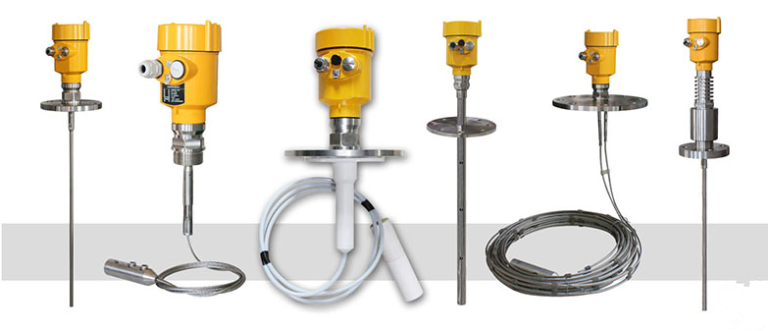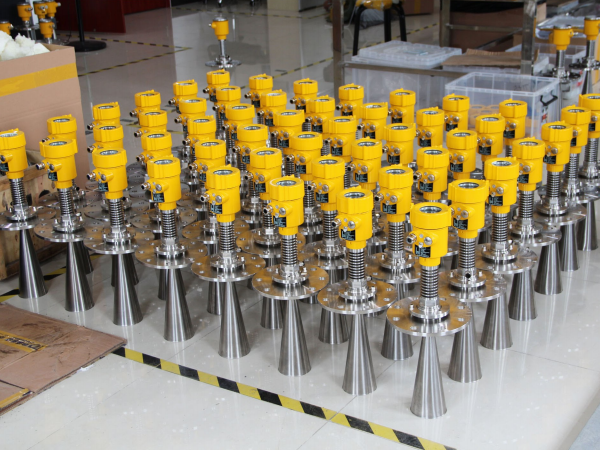Radar level meters are widely used in industry as a common level measurement device. However, in some specific cases, radar level meters require additional heat sinks for heat dissipation.
This article will introduce when a radar level meter needs an additional heat sink and provide an actual measurement case to illustrate the application of the heat sink.

Application of Radar Level Meter Heat Sinks, Normally, radar level meters are able to perform level measurement well under normal operating conditions.
However, in the following cases, due to the special requirements of the environment or measurement conditions, such as high-temperature environment or long-term stable measurement needs, it may be necessary to add a heat sink: High-temperature environment: In a high-temperature environment, the radar level meter may be affected by the temperature and lead to an increase in the measurement error.
In this case, by installing a heat sink, the radar level meter can be separated from the temperature of the surrounding environment, effectively reducing the impact of temperature on the measurement.
Long-term stable measurement: In scenarios where long-term stable level measurement is required, the radar level meter may be subjected to a certain amount of heat due to prolonged operation. Excessive temperature may lead to inaccuracy of measurement or even damage the device.
By adding a heat sink, the heat dissipation technology can be effectively used to reduce the heat of the device and ensure long-term stable measurement results. High-viscosity liquids:
When measuring high-viscosity liquids, the radar level meter may be affected by the liquid adhering to the sensor, leading to measurement deviation.
By using a heat sink to reduce the temperature of the sensor surface, the adhesion phenomenon can be reduced and the accuracy of the measurement can be improved.

In order to better understand the application of radar-level meter heat sinks, let’s look at an actual measurement case. A chemical factory uses a radar level meter to measure the level of a high-temperature liquid.
Under the condition of high ambient temperature, the radar level meter found that the measurement result had some deviation after working continuously for a period of time. After analyzing the situation, the engineers determined that they needed to add a heat sink to solve the problem. After the modification of the radar level meter, the engineers installed the heat sink on the back of the device.
The heat sink conducts the heat generated by the device to the external environment through thermal conductivity technology, which maintains the appropriate working temperature of the device.
After a period of operation, the engineers found that the measurement results became more stable and accurate. By adding the heat sink, the radar level meter maintains a stable working condition in a high-temperature environment, thus ensuring the accuracy of level measurement.
In addition, the use of heat sinks also extends the service life of the equipment and improves its reliability.

Radar level meters can perform level measurements normally under general process conditions. However, in some specific environments and measurement needs, such as high-temperature environments, long-term stable measurement, and other conditions that need to add a heat sink, the actual application needs to be based on specific circumstances.
